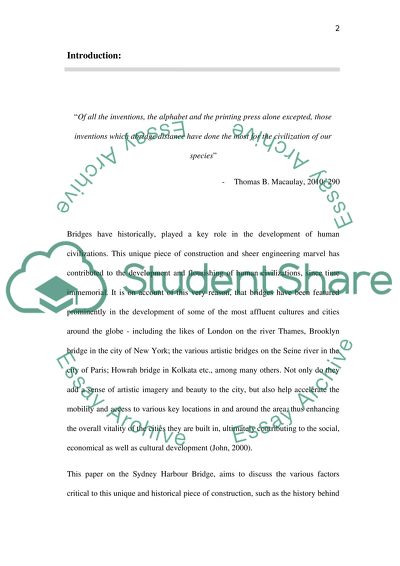Cite this document
(“Sydney Harbour Bridge Research Paper Example | Topics and Well Written Essays - 2750 words”, n.d.)
Retrieved from https://studentshare.org/engineering-and-construction/1397211-sydney-harbour-bridge
Retrieved from https://studentshare.org/engineering-and-construction/1397211-sydney-harbour-bridge
(Sydney Harbour Bridge Research Paper Example | Topics and Well Written Essays - 2750 Words)
https://studentshare.org/engineering-and-construction/1397211-sydney-harbour-bridge.
https://studentshare.org/engineering-and-construction/1397211-sydney-harbour-bridge.
“Sydney Harbour Bridge Research Paper Example | Topics and Well Written Essays - 2750 Words”, n.d. https://studentshare.org/engineering-and-construction/1397211-sydney-harbour-bridge.


